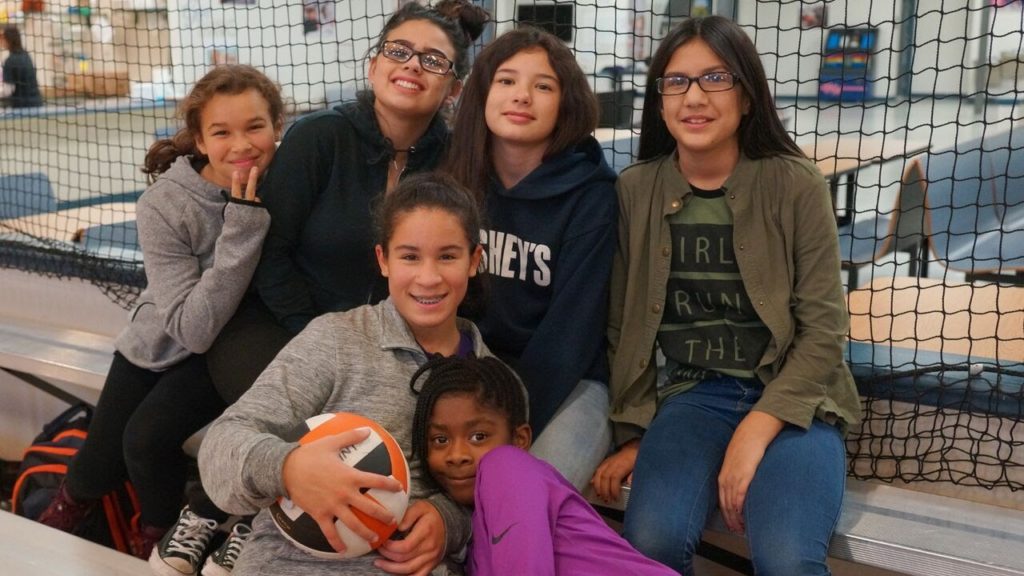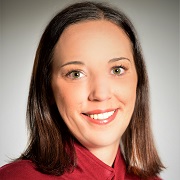 Special to the Philanthropy Journal
Special to the Philanthropy Journal
By Katie Sanders
“When I was young, everyone in the neighborhood knew and looked out for each other.” This sentiment is common among many Milwaukee residents who are concerned about crime and violence in their community. Their recollection of “how it used to be” is not simply nostalgia; it is a recognition of the need for a sense of community and informal social control and speaks to the immense power in relationships.
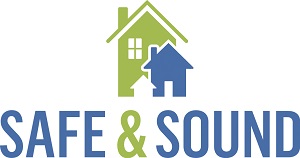 Safe & Sound is a Milwaukee nonprofit that understands the importance of relationships. The organization’s mission centers on relationship-building: to unite residents, youth, law enforcement and community resources to build safe and empowered neighborhoods. Safe & Sound is nationally recognized, having received a White House Champion of Change Award in 2011 and the 2016 FBI Director’s Community Leadership Award, as well as numerous local awards and honors.
Safe & Sound is a Milwaukee nonprofit that understands the importance of relationships. The organization’s mission centers on relationship-building: to unite residents, youth, law enforcement and community resources to build safe and empowered neighborhoods. Safe & Sound is nationally recognized, having received a White House Champion of Change Award in 2011 and the 2016 FBI Director’s Community Leadership Award, as well as numerous local awards and honors.
Safe & Sound was founded in 1998 as a response to an increase in violent crime in Milwaukee. A task force of community leaders assembled and identified residents, particularly youth, and law enforcement as key partners in improving safety in high-crime neighborhoods. In 2015, the organization restructured to specifically focus on improving collective efficacy, the existence of a sense of community and informal social control, which research shows is a major factor in a neighborhood’s crime rates. Safe & Sound’s evaluated approach is still centered on the concept that residents, youth and law enforcement must work together to effect change, but uses an innovative, research-based structure to build relationships.
Safe & Sound staff work in neighborhood teams, educating and empowering residents and youth and bridging gaps between the community and law enforcement. Each of Safe & Sound’s five neighborhood teams consists of three staff members who are assigned to a Milwaukee police district. A Community Prosecution Unit (CPU) coordinator serves as a liaison between the community and Milwaukee Police, working out of the district station and coordinating a team of city and county department representatives to resolve resident issues and nuisance properties.
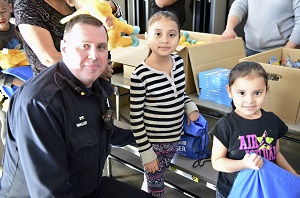 Within each police district, Safe & Sound has identified two priority neighborhoods, where the other two members of the neighborhood team focus their activities. A community organizer meets with residents on their front porches to learn about the issues that are important to them, provide the support necessary to make changes, and connect neighbors to law enforcement, nonprofit partners and resources, as well as each other. A youth organizer targets disengaged neighborhood youth, providing leadership and engagement opportunities that bridge the intergenerational gap and connect youth to the power of their own voices.
Within each police district, Safe & Sound has identified two priority neighborhoods, where the other two members of the neighborhood team focus their activities. A community organizer meets with residents on their front porches to learn about the issues that are important to them, provide the support necessary to make changes, and connect neighbors to law enforcement, nonprofit partners and resources, as well as each other. A youth organizer targets disengaged neighborhood youth, providing leadership and engagement opportunities that bridge the intergenerational gap and connect youth to the power of their own voices.
Engaging Residents and Youth Through Innovating Programming
The programming Safe & Sound creates reflects the needs and priorities of each neighborhood, and the organization works to replicate successful programming across the city. For instance, one neighborhood had a hard time attracting residents to larger resource fairs, so Safe & Sound created “pop-up lots,” or mini resource fairs in vacant lots across the neighborhood, making it possible to meet residents on their own block. Organizers have adopted “pop-up lots” across Safe & Sound’s ten priority neighborhoods, and partner organizations have begun to replicate the model as well.
Another example is Barbershop Mondays. Milwaukee has very high rates of African-American male incarceration in some neighborhoods, including the 53206 zip code, which has the highest rate in the country, leaving many young people without active male role models. Recognizing the role barbershops have in creating a space for intergenerational community and conversation, Safe & Sound staff have developed a program that brings barbers and other male role models to a community center or public space on Mondays, when barbershops are typically closed.
 In exchange for a free haircut, young men participate in a structured dialogue with the barbers and guests, discussing the issues that matter most to them. The youth then volunteer their time to “pay back” the haircut, cleaning up the neighborhood, handing out flyers to neighbors, or helping with an event. This also creates an opportunity to reframe the concept of community service, which can be associated with the juvenile justice system.
In exchange for a free haircut, young men participate in a structured dialogue with the barbers and guests, discussing the issues that matter most to them. The youth then volunteer their time to “pay back” the haircut, cleaning up the neighborhood, handing out flyers to neighbors, or helping with an event. This also creates an opportunity to reframe the concept of community service, which can be associated with the juvenile justice system.

A third example of Safe & Sound programming is a recently developed initiative called Face 2 Face. This program brings together groups of individuals who don’t regularly have a chance to interact. For instance, one Face 2 Face session hosted two student groups, one Hispanic and one African American. The students discussed racial stereotypes and shared their personal experiences. Seated in two lines facing each other, they had a structured dialogue that uncovered their differences, and similarities. Another session on mentoring and community-police relations brought together ten African American teenagers with ten community leaders including the president of the Milwaukee Bucks and two of the players, a representative from the NBA, the Mayor, and several police officers.
On the Forefront of Evaluation
Anecdotally, these programs are very successful. Participants report positive changes associated with their involvement in Safe & Sound programming, from community meetings to youth programs to engagement with law enforcement. In 2017, staff engaged 3,330 residents at their front doors, distributed 66,500 resource materials, facilitated 1,500 meetings and events with 10,000 partners and 27,500 residents, assisted in abating 1,370 neighborhood nuisances (loitering, drug dealing) and resolved more than 500 blight issues.
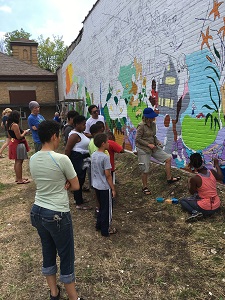 But we weren’t satisfied with using outputs and anecdotal evidence as a measure of success. When the organization was restructured, we built an evaluation framework—with the help of students from the University of Wisconsin-Madison’s LaFollette School of Public Affairs and researchers from the Medical College of Wisconsin (MCW)—to determine if the organization was meeting its mission to build safe and empowered neighborhoods.
But we weren’t satisfied with using outputs and anecdotal evidence as a measure of success. When the organization was restructured, we built an evaluation framework—with the help of students from the University of Wisconsin-Madison’s LaFollette School of Public Affairs and researchers from the Medical College of Wisconsin (MCW)—to determine if the organization was meeting its mission to build safe and empowered neighborhoods.
An external evaluation conducted by researchers from MCW found that Safe & Sound’s strategy was effective, successful in improving collective efficacy—the existence and strength of trusted relationships—in six of eight evaluated neighborhoods. This cutting-edge research not only validated Safe & Sound’s approach, it informed it as well. The findings were presented in 2017 at a conference of the National Network of Safe Communities.
Outputs, metrics and evaluation are all critical in determining success. The true measure, however, is in the relationships. Josephine and her son James are committed resident leaders. She says, “Safe & Sound’s actions work hand in hand with my son and I, because we are hands-on people. We are willing to do what it takes to keep our community thriving.” By working with Safe & Sound, James and Josephine have engaged their neighbors, communicated with law enforcement about issues, and transformed a once-violent block into a thriving area. They demonstrate the true power of relationships.
Katie Sanders is the Executive Director of Safe & Sound. A Milwaukee native, she grew up in one of Safe & Sound’s priority neighborhoods. Prior to working for the organization, she saw its importance through her role as a volunteer resident block club leader.




